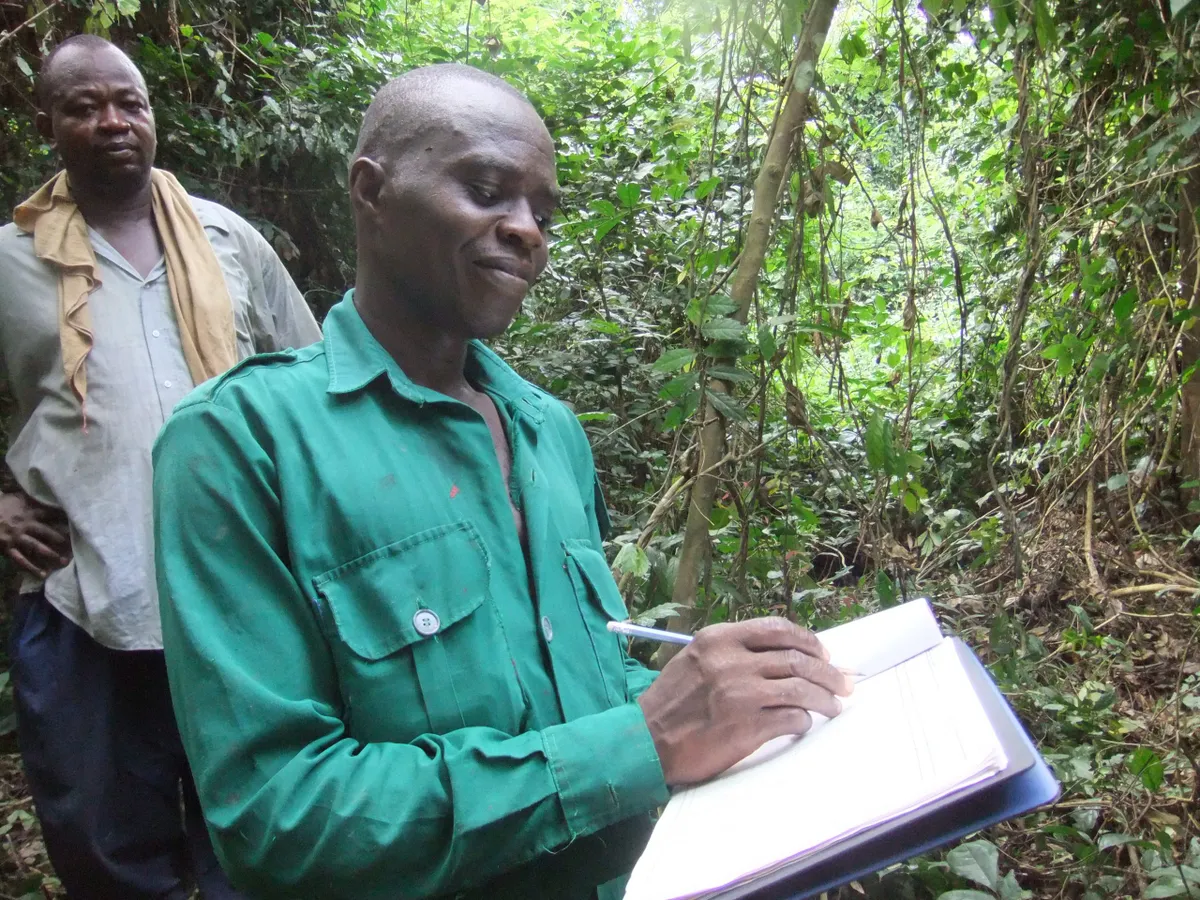- Study tracking 300,000 trees over 30 years finds that trees are losing their ability to absorb carbon from the atmosphere.
- The level of human-made carbon dioxide emissions removed by tropical trees dropped from 17 per cent in the 1990s to just 6 per cent in the 2010s.
- Modelling suggests forests will lose thier status as a carbon sink to become a carbon source in the mid-2030s.
The Earth's tropical forests are slowly losing their ability to remove carbon from the atmosphere, a study tracking 300,000 trees over 30 years led by the University of Leeds has found.
The finding could potentially indicate that the world's undisturbed tropical forests could switch from a carbon sink to a carbon source within the next two decades, the researchers say.
Tropical forests are one of the planet’s crucial carbon sinks, helping to slow the progress of climate change by removing carbon from the atmosphere and storing it in their trees. However, after analysing the tree growth and death from 565 undisturbed tropical forests across Africa and the Amazon the team found that the tropical forest’s overall uptake of carbon peaked in the 1990s removing roughly 46 billion tonnes of CO2. This fell to just 25 billion tonnes by the 2010s - a loss equivalent to a decade of fossil fuel emissions from the UK, Germany, France and Canada combined.
Overall, intact tropical forests removed 17 per cent of human-made carbon dioxide emissions in the 1990s, reduced to just 6 per cent in the 2010s. The decrease was largely due to trees dying, they say.
Read more about climate change:
- Why a carbon tax could be the answer to climate change
- Climate change: should we change the terminology?
- If we're going to combat climate change, we need to tackle air pollution too
“Extra carbon dioxide boosts tree growth, but every year this effect is being increasingly countered by the negative impacts of higher temperatures and droughts which slow growth and can kill trees,” said Lead author Dr Wannes Hubau. “Our modelling of these factors shows a long-term future decline in the African sink and that the Amazonian sink will continue to rapidly weaken, which we predict to become a carbon source in the mid-2030s.”

To calculate changes in carbon storage the scientists measured the diameter and estimated the height of every individual tree in 565 patches of forest, returning every few years to re-measure them. By calculating the carbon stored in the trees that survived and those that died, the researchers tracked the changes in carbon storage over time.
They then used complex statistical modelling tools to estimate changes in forest carbon storage until 2040.

“Intact tropical forests remain a vital carbon sink but this research reveals that unless policies are put in place to stabilise Earth's climate it is only a matter of time until they are no longer able to sequester carbon. One big concern for the future of humanity is when carbon-cycle feedbacks really kick in, with nature switching from slowing climate change to accelerating it,” said senior author Professor Simon Lewis.
“After years of work deep in the Congo and Amazon rainforests we've found that one of the most worrying impacts of climate change has already begun. This is decades ahead of even the most pessimistic climate models. There is no time to lose in terms of tackling climate change.”
Reader Q&A: How many trees does it take to produce oxygen for one person?
Asked by: Aaron Hacon, Norwich
Trees release oxygen when they use energy from sunlight to make glucose from carbon dioxide and water. Like all plants, trees also use oxygen when they split glucose back down to release energy to power their metabolisms. Averaged over a 24-hour period, they produce more oxygen than they use up; otherwise there would be no net gain in growth.
It takes six molecules of CO2 to produce one molecule of glucose by photosynthesis, and six molecules of oxygen are released as a by-product. A glucose molecule contains six carbon atoms, so that’s a net gain of one molecule of oxygen for every atom of carbon added to the tree. A mature sycamore tree might be around 12m tall and weigh two tonnes, including the roots and leaves. If it grows by five per cent each year, it will produce around 100kg of wood, of which 38kg will be carbon. Allowing for the relative molecular weights of oxygen and carbon, this equates to 100kg of oxygen per tree per year.
A human breathes about 9.5 tonnes of air in a year, but oxygen only makes up about 23 per cent of that air, by mass, and we only extract a little over a third of the oxygen from each breath. That works out to a total of about 740kg of oxygen per year. Which is, very roughly, seven or eight trees’ worth.
Read more: